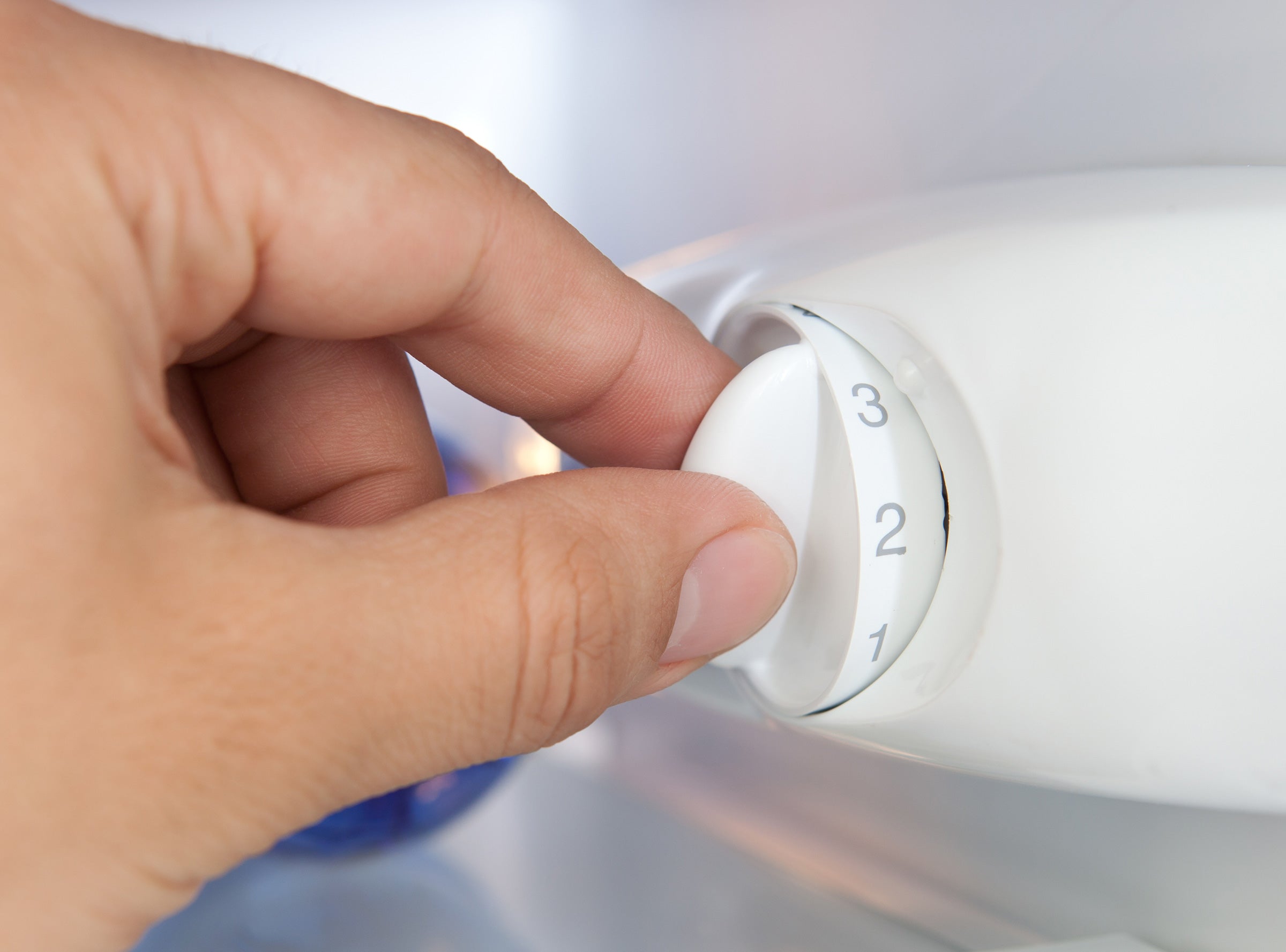Having the right temperature in your fridge is essential for keeping your food fresh, reducing waste, and ensuring food safety. If your fridge is too warm or too cold, it can affect the quality of your food and even make you ill. In this blog post, we'll discuss the ideal fridge temperature and how to check it accurately.
Why the Right Fridge Temperature Matters
Reducing Food Waste
The correct fridge temperature helps to keep your food fresh for longer, reducing the likelihood of spoilage and waste. When food is stored at the right temperature, it maintains its freshness, taste, and nutritional value, making it less likely that you'll have to throw it away.
Ensuring Food Safety
Incorrect fridge temperatures can promote the growth of harmful bacteria, which can cause food-borne illnesses. By maintaining the ideal temperature, you can help prevent bacterial growth and keep your food safe to eat.
Optimal Food Storage
Different foods have different temperature requirements for optimal storage. Knowing and maintaining the correct fridge temperature can help you store various foods correctly, preserving their quality and taste.
What Temperature Should Your Fridge Be?
The ideal temperature range for a fridge is between 0°C and 5°C (32°F and 41°F). Surprisingly, many fridges in the UK are set at 7°C (45°F) or higher, which is too warm.
How to Check Your Fridge Temperature
The most accurate way to check your fridge temperature is by using a fridge thermometer. Follow these steps to measure your fridge temperature:
- Place a Glass of Water: Fill a glass with water and place it in the middle of the middle shelf in your fridge.
- Insert the Thermometer: Put the thermometer in the glass of water.
- Wait Overnight: Leave the thermometer in the fridge overnight without opening the door.
- Check the Temperature: The next day, when you open the fridge for the first time, check the thermometer reading. Fridge thermometers are usually very accurate, giving readings within 0.5°C of the actual temperature.
Tips to Maintain Your Fridge Temperature
Keep Your Fridge Well-Stocked
A well-stocked fridge maintains a more consistent temperature. However, don't overfill it, as this can restrict airflow and reduce efficiency.
Limit Door Openings
Avoid leaving the fridge door open for extended periods, as this allows warm air to enter, forcing the fridge to work harder to maintain the temperature.
Cool Hot Food Before Storing
Allow hot or warm food to cool down to room temperature before putting it in the fridge to avoid raising the internal temperature.
Check Door Seals Regularly
Inspect the door seals regularly to ensure they're in good condition and sealing properly. Damaged or worn-out seals can let cold air escape, making your fridge less efficient.
Signs You Might Need a New Fridge
- Food feels warm when you take it out.
- Food spoils before its expiration date.
- Your fridge freezes food.
- Ice forms inside the fridge.
- Condensation builds up inside or outside the fridge.
If your fridge shows any of these signs, it might be time to consider replacing it. Newer models are more energy-efficient and come with advanced features that can help you maintain the right temperature more effectively.
Maintaining the right temperature in your fridge is crucial for preserving food quality, reducing waste, and ensuring food safety. By following the guidelines mentioned above and regularly checking your fridge temperature, you can create an optimal environment for storing your food. Remember, a well-maintained fridge not only keeps your food fresh but also helps you save money in the long run by reducing waste and energy consumption.





